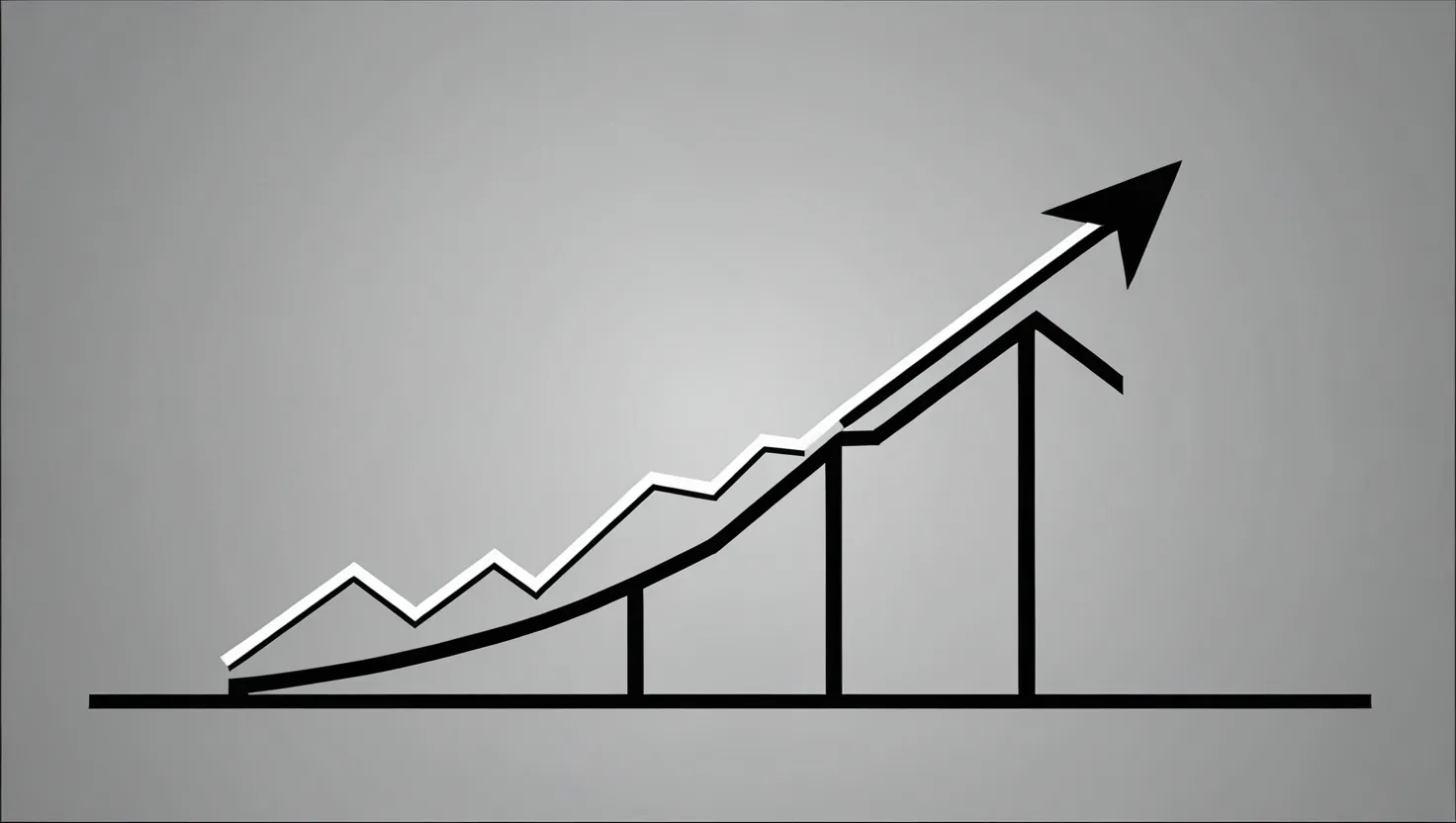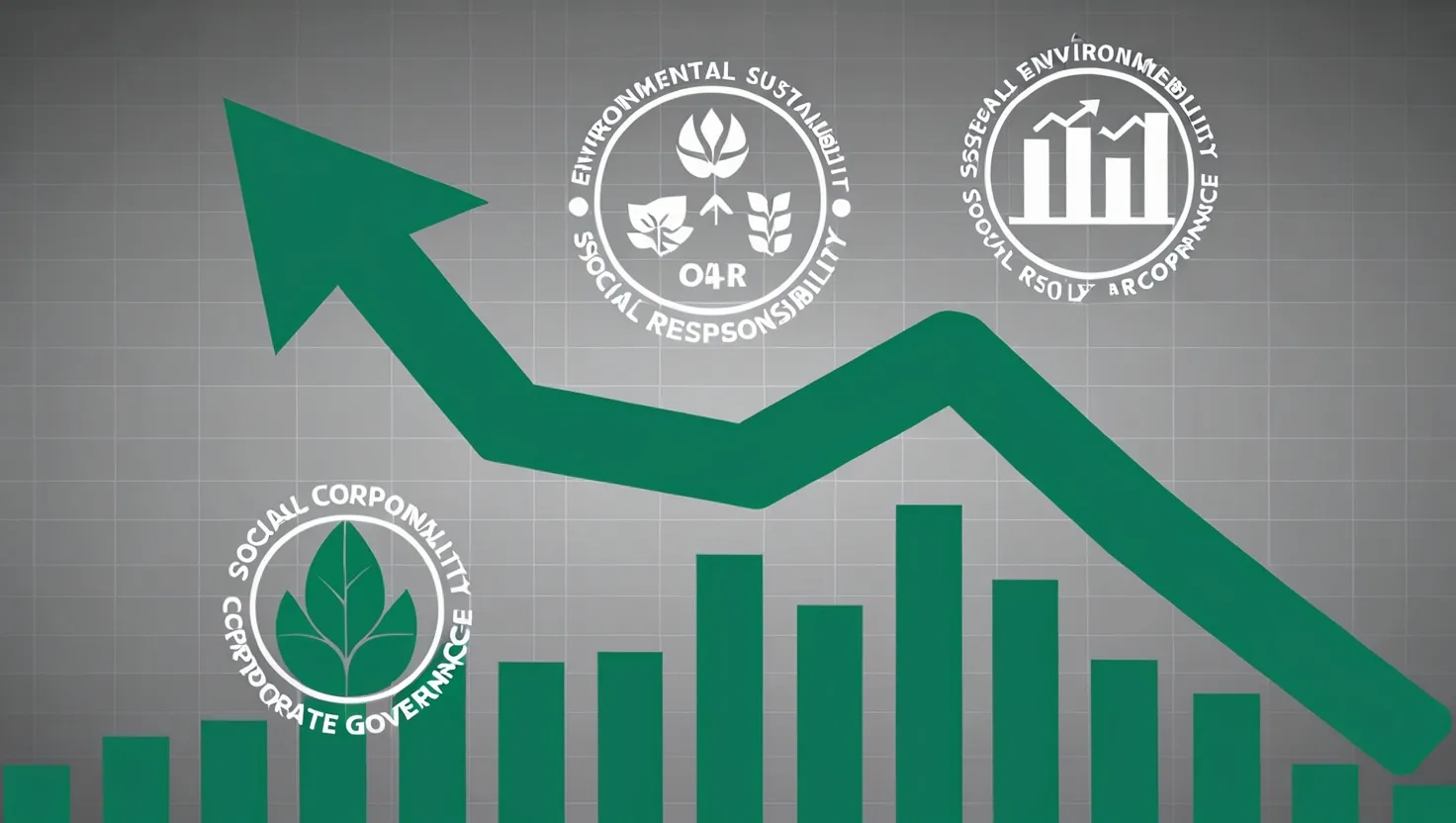As a value investor, I’ve learned that looking beyond the surface-level metrics is crucial for uncovering truly undervalued companies. While price-to-earnings ratios and book values can provide a starting point, diving deeper into a company’s ability to convert accounting profits into cold, hard cash often reveals hidden gems - or ticking time bombs.
Free cash flow conversion quality has become one of my favorite tools for separating the wheat from the chaff. At its core, it measures how effectively a business translates its reported earnings into actual cash that can be reinvested or returned to shareholders. A company may report glowing profits on paper, but if those earnings aren’t backed by real cash generation, trouble may be brewing beneath the surface.
So how can we as investors analyze free cash flow conversion to gain an edge? I’ve found three key approaches particularly insightful:
The first involves examining the relationship between net income and operating cash flow over time. Ideally, we want to see a strong positive correlation, with operating cash flow meeting or exceeding reported profits most years. Wide discrepancies or a consistent lag in cash flow can be a red flag.
For example, I once analyzed a retail company that showed steadily growing earnings but flat or declining operating cash flow. Digging deeper, I discovered they were aggressively opening new stores and building up inventory, masking underlying issues with their core business. The stock looked cheap based on earnings, but the cash flow conversion told a different story.
The second approach focuses on working capital efficiency. How well does a company manage its receivables, payables, and inventory? Businesses that consistently improve their cash conversion cycle - the time it takes to turn investments in inventory and other resources into cash - often make for excellent long-term investments.
I recall investigating two competitors in the industrial equipment space. Company A had a cash conversion cycle of 120 days, while Company B operated at just 60 days. This meant Company B could reinvest cash into its business twice as quickly, fueling faster growth without relying on outside capital. Despite similar reported profits, Company B’s superior cash flow conversion made it the far better investment.
“The most important thing to remember is this: To be ready at any moment to give up what you are for what you might become.” - W.E.B. Du Bois
This quote reminds me that as investors, we must always be willing to challenge our assumptions and evolve our thinking. Which of your long-held investing beliefs might be worth re-examining?
The third approach examines capital expenditure requirements relative to depreciation. Companies that consistently spend less on capex than they expense in depreciation are often cash-generating machines. Their reported earnings may actually understate the true cash flow of the business.
I’ve found this particularly relevant in asset-light businesses like software companies. Many show large depreciation expenses from past investments but require minimal ongoing capex to maintain their competitive position. This can lead to free cash flow far exceeding reported earnings - a value investor’s dream.
Of course, these approaches are just starting points. The key is developing a holistic view of a company’s cash flow dynamics. Are there one-time factors distorting the picture? How do conversion rates compare to industry peers? What’s driving any significant changes over time?
I always try to “invert” my analysis as well. Instead of just looking for positives, I ask: what could go wrong? Are there any potential cash flow cliffs on the horizon? Upcoming debt maturities or pension obligations? Deferred maintenance that will require heavy future investment?
By building a nuanced understanding of cash flow conversion quality, we can often spot opportunities others miss. I’m reminded of a small industrial company I invested in years ago. It looked average based on earnings, but had phenomenal cash flow conversion thanks to negative working capital and minimal capex needs. The market was undervaluing its true cash-generating power.
Over time, that cash flow allowed the company to pay down debt, fund organic growth, and eventually initiate a dividend and buyback program. The stock more than tripled as other investors finally recognized its cash flow quality.
Of course, no single metric or approach is foolproof. Free cash flow conversion analysis is a tool, not a magic formula. It must be combined with thorough research into a company’s competitive position, management quality, and long-term prospects.
“The stock market is filled with individuals who know the price of everything, but the value of nothing.” - Phillip Fisher
This classic quote highlights the importance of looking beyond surface-level metrics. How can we as investors ensure we’re truly understanding the value of what we’re buying?
I’ve also found it critical to consider industry and lifecycle factors. A young, high-growth company reinvesting heavily in its business may show poor free cash flow conversion in the short term, but still be an excellent long-term investment. Conversely, a mature company in a declining industry may show stellar cash flow conversion as it harvests its assets - but have limited future prospects.
One particularly interesting area I’ve been exploring recently is the interplay between free cash flow conversion and capital allocation decisions. A company generating strong cash flow is only as good as management’s ability to reinvest or return that cash effectively.
I recall analyzing two software companies with similar products and growth rates. Company X consistently generated more free cash flow relative to earnings. But Company Y, despite slightly lower conversion rates, had a management team with a stellar track record of acquisitions and internal investments that compound value over time. In the long run, Company Y proved to be the better investment thanks to superior capital allocation.
This highlights the importance of qualitative factors alongside our quantitative analysis. Understanding management’s philosophy, incentives, and historical decision-making can provide crucial context for interpreting cash flow conversion metrics.
It’s also worth considering how macroeconomic factors and industry trends might impact cash flow conversion going forward. A period of rising interest rates, for instance, could pressure working capital efficiency for many businesses. Or shifts in customer payment terms could alter cash flow dynamics across an entire industry.
As value investors, our goal is to build a mosaic of information that gives us an edge in understanding a company’s true economic value. Free cash flow conversion quality is a powerful piece of that puzzle, often providing insights that purely earnings-based metrics miss.
By combining rigorous quantitative analysis with thoughtful qualitative assessment, we can identify businesses that not only look cheap on paper, but have the cash-generating power to compound value for years to come. These are the types of investments that can drive truly superior long-term returns.
“The four most dangerous words in investing are: ‘this time it’s different.’” - Sir John Templeton
This quote serves as a valuable reminder to stay grounded in fundamental analysis, even as markets and businesses evolve. How can we balance healthy skepticism with the ability to recognize genuine paradigm shifts?
Of course, no discussion of free cash flow would be complete without addressing potential pitfalls and limitations. One key consideration is the impact of accounting choices on reported cash flows. Aggressive revenue recognition or cost capitalization policies can distort operating cash flow figures, requiring careful scrutiny of financial statements and accounting policies.
Another challenge is separating sustainable free cash flow from temporary boosts or drags. A company might show stellar conversion one year due to favorable timing of customer payments or supplier terms. Or it might appear to be struggling due to short-term investments that will pay off down the road. This is where analyzing trends over multiple years becomes crucial.
I’ve also found it valuable to consider free cash flow conversion in the context of a company’s competitive position and industry dynamics. A business with high conversion rates but eroding market share may be less attractive than one with temporarily depressed cash flows due to investments in strengthening its competitive moat.
Ultimately, free cash flow conversion analysis is both an art and a science. It requires a blend of quantitative rigor, industry knowledge, and business judgment. But for investors willing to put in the work, it can provide a powerful lens for identifying truly undervalued companies with sustainable economic models.
As we navigate an increasingly complex investing landscape, focusing on the fundamental cash-generating power of businesses can help cut through the noise and hype. By mastering the nuances of free cash flow conversion quality, we equip ourselves with a valuable tool for building wealth over the long term.
What aspects of free cash flow analysis do you find most challenging or insightful? How has focusing on cash flow conversion impacted your own investment decisions?






